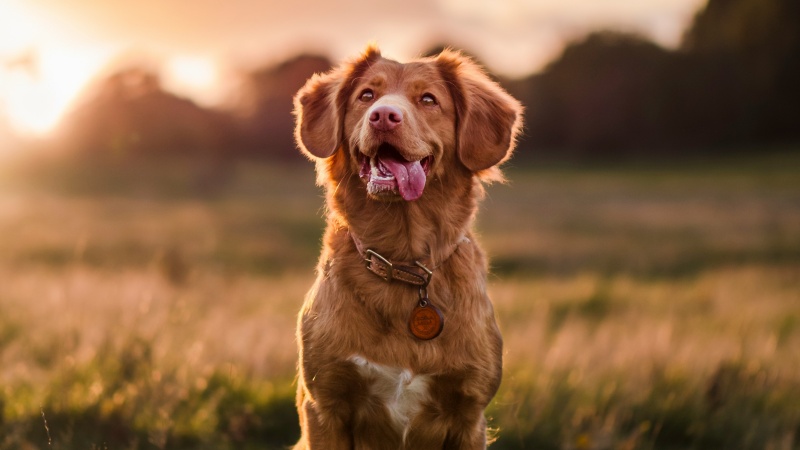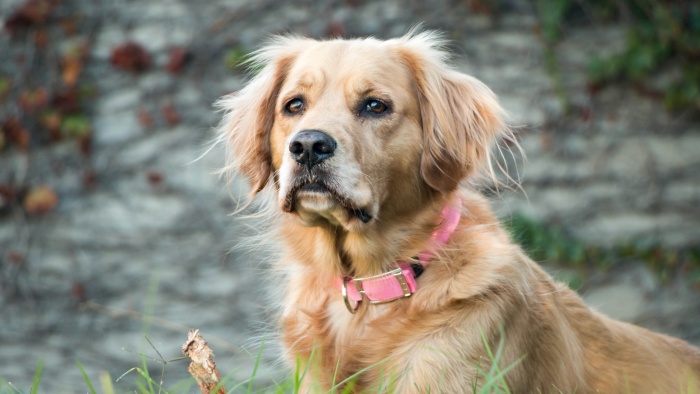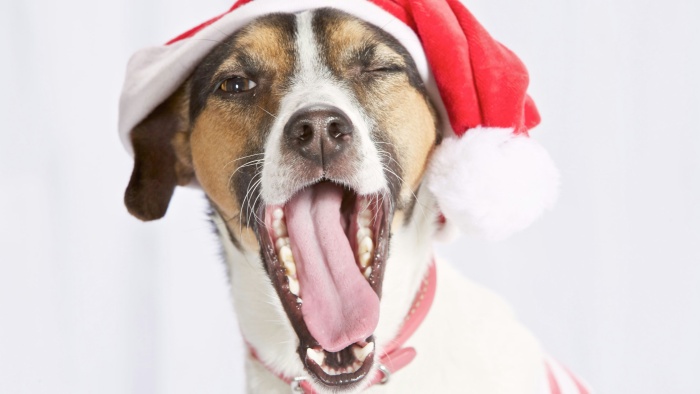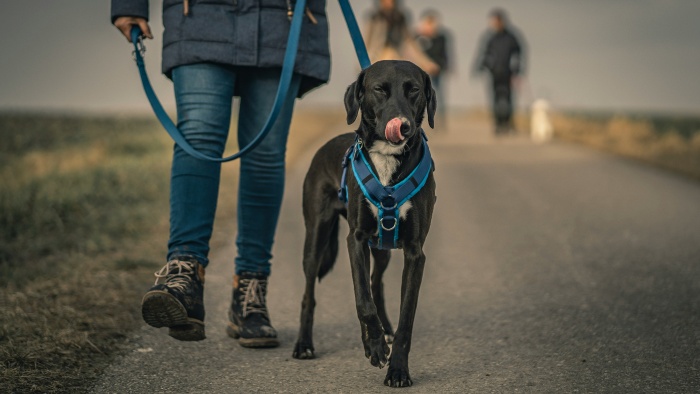Lumps On Dogs:Why And How To prevent

Discovering lumps on dogs can stir up immense worry, especially when stroking your pet and finding an unexpected mass under its coat.
As your fingers graze beneath its collar, encountering an odd protrusion, a surge of concern floods you, prompting the question, “Why does my dog have a lump on his neck?”
Fatty tumor
As many pet owners do, you might leap to the conclusion that cancer is behind your dog’s lump. However, not all lumps signify cancer, and only a vet can confirm. Often, dogs may have fatty tumors known as lipomas.
Lipomas are essentially fat cells grouped together. They’re not harmful to your dog, but if they cause discomfort, removal through surgery is an option.
Sebaceous cyst
Sebaceous cysts, another form of benign fatty tumor, don’t pose a risk to your pet. Contrary to what their name suggests, these cysts don’t contain sebum. If a cyst is under the dog’s collar, it could lead to irritation and inflammation.

Composed of fat, protein like keratin, and connective tissue, these cysts vary in size and texture. Typically, they resolve without intervention.
Abscess
An abscess may form when bacteria or other microorganisms get trapped under your dog’s skin, leading to a pus-filled, infected area that activates the immune response. This often leads to the question, “Why does my dog have a lump on his neck?”
While many abscesses clear up on their own, some might require draining by a vet. It’s important to check for causes like tick bites or splinters.
Mast cell tumor
Mast cell tumors represent a more serious lump possibility, commonly found on older dogs’ torsos but can also appear on the neck.
These tumors can be benign or malignant, and a vet checkup with a tumor biopsy can determine their severity.
Squamous cell carcinoma
This type of cancer, squamous cell carcinoma, is triggered by sun exposure and is a serious concern. It can lead to symptoms such as:
- non-healing sores
- swelling in the mouth
- coughing
- excessive drooling
- difficulty walking

Prevention and regular checkups
Preventing health issues and ensuring early detection of lumps on your dog involves regular vet checkups and being proactive about your dog’s health.
A crucial aspect of this proactive care includes the use of a tactical dog harness, designed to minimize undue pressure on your dog’s neck and body.

Unlike traditional collars, which can exacerbate issues or obscure lumps, especially in the neck area, a tactical harness distributes pressure more evenly across the body.
This not only reduces the risk of irritation and inflammation around potential lump sites but also allows for easier observation of your dog’s skin and fur for any unusual growths.
Regular grooming and careful observation, combined with the strategic use of a tactical dog harness, can aid in the early detection of lumps and contribute to more effective prevention and treatment strategies.
Conclusion
The discovery of lumps on dogs can be an alarming experience for any pet owner, prompting immediate concern for their beloved companion’s health.
While the presence of lumps can range from benign conditions like lipomas and sebaceous cysts to more serious issues such as abscesses, mast cell tumors, and squamous cell carcinoma, the key to managing these conditions lies in early detection and appropriate response. Regular veterinary checkups, vigilant observation, and adopting preventive measures such as the use of a tactical dog harness are essential in safeguarding your dog’s health.
By minimizing pressure on the neck and improving visibility of your dog’s skin, a tactical harness serves as a valuable tool in the early identification and management of lumps.
Ultimately, the well-being of our dogs depends on our proactive approach to their health, ensuring they lead comfortable and happy lives.
FAQs
What should I do if I find a lump on my dog that seems to be causing them discomfort?
If you notice that a lump on your dog appears to be causing discomfort or pain, it’s important to consult with a veterinarian as soon as possible. They can assess the lump and determine if it requires treatment, such as surgical removal for lipomas that are causing issues, or if it’s something that needs further diagnostic tests to understand its nature better.
Are there specific breeds of dogs more prone to developing fatty tumors or lipomas?
While any dog can develop fatty tumors, or lipomas, certain breeds may be more predisposed to them. However, it’s crucial to understand that lipomas can appear in dogs of all breeds and ages. Regular health check-ups can help in early detection and management of such conditions.
How can I differentiate between a sebaceous cyst and a more serious lump?
Sebaceous cysts typically present as small, non-painful lumps that may resolve on their own. However, distinguishing between a benign sebaceous cyst and a more serious lump requires veterinary expertise. A vet may perform a physical examination, and in some cases, recommend a biopsy or other diagnostic tests to determine the nature of the lump accurately.
What are the signs that an abscess is healing, and how can I care for my dog during this process?
Signs that an abscess is healing include a reduction in size, decreased redness, and less discomfort for your dog. To care for your dog during the healing process, follow your veterinarian’s instructions, which may include keeping the area clean, applying prescribed topical medications, and possibly administering oral antibiotics. Ensure your dog doesn’t lick or bite the abscess site by using an Elizabethan collar if recommended.
Can using a tactical dog harness help prevent skin conditions in dogs?
While a tactical dog harness itself doesn’t prevent skin conditions, it can help reduce the risk of irritation and pressure-induced issues around the neck and body, making it easier to spot lumps, bumps, or other skin abnormalities early on. The harness’s even pressure distribution and improved visibility of your dog’s skin can be beneficial in the overall proactive health care and comfort of your pet.

